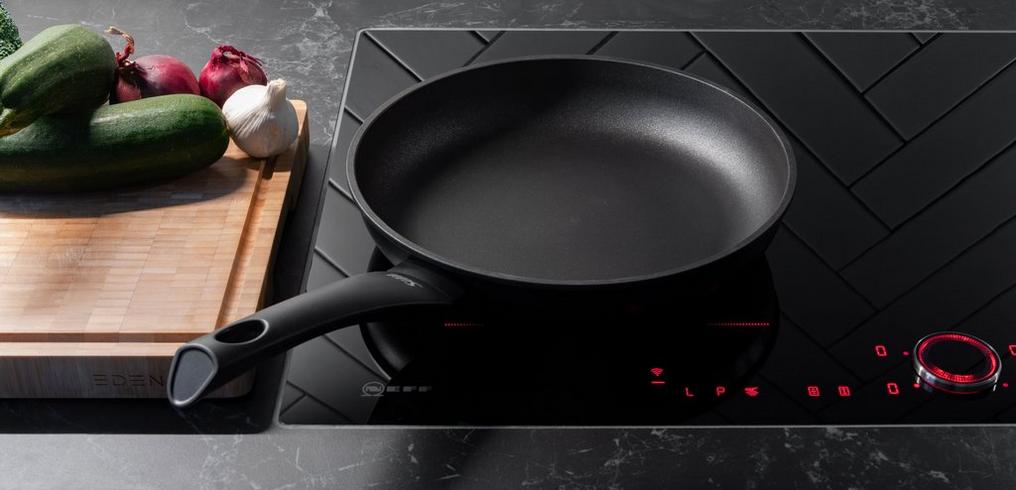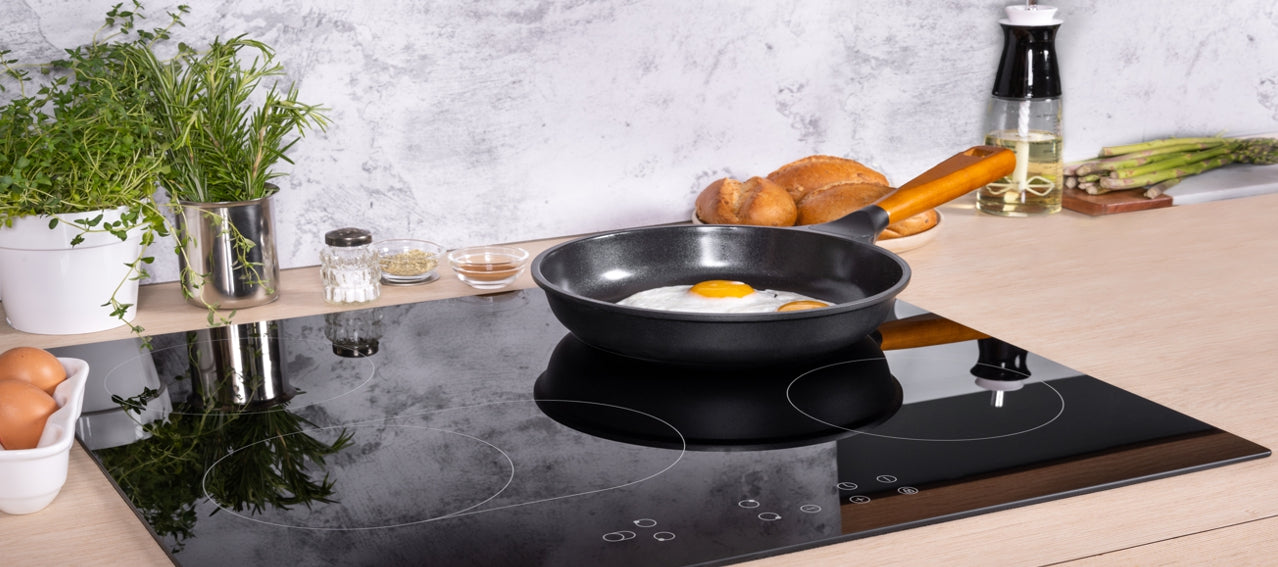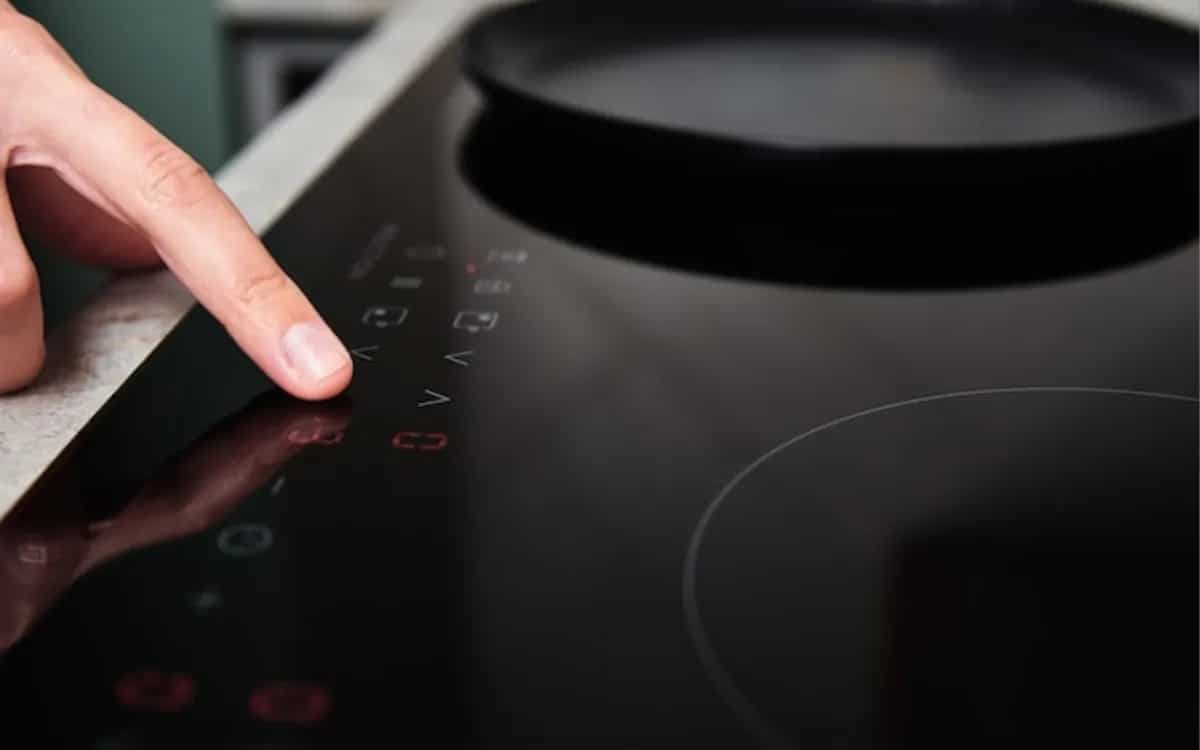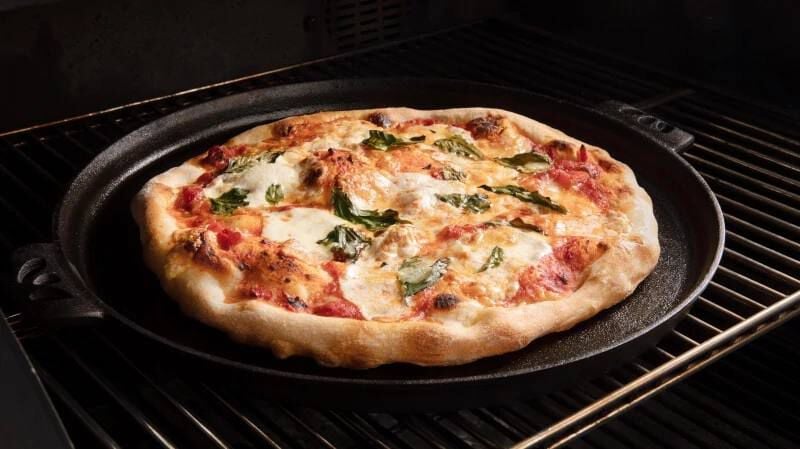In the world of modern cooking, induction cooktops have become a game-changer for kitchen professionals. The efficiency and precision they offer are unparalleled. However, to harness the full potential of your induction cooktop, it's crucial to focus on matching pan size with induction ring. This simple yet often overlooked aspect can significantly impact your cooking experience.
When it comes to induction cooking, the size of the pan relative to the induction ring is of utmost importance. The induction cooktop works by creating a magnetic field that heats the pan directly. If the pan size doesn't match the induction ring, you might encounter uneven heating, leading to poorly cooked meals. For kitchen professionals who rely on consistency and quality, understanding this relationship is essential.

Why Pan Size Matters
One of the primary reasons for matching pan size with induction ring is efficiency. An induction cooktop utilizes electromagnetic energy to heat the cookware, and if the pan is too small or too large for the ring, it can lead to energy wastage. Using the right size ensures that the energy is focused precisely where it's needed, resulting in faster and more efficient cooking.
An additional advantage is the prevention of heat loss. When the pan size matches the ring, the heat is evenly distributed across the base of the pan, ensuring your dishes are cooked uniformly. This is particularly important when preparing delicate sauces or dishes that require precise temperature control.
Choosing the Right Cookware
When considering induction-compatible cookware, it's essential to select pans that are both ferrous and compatible in size with your induction ring. A good rule of thumb is to choose pans with a flat, smooth base. Materials like cast iron, stainless steel, and some magnetic stainless steel alloys work exceptionally well with induction cooktops. For more information on cast iron pan weight for induction, check out this detailed guide.
Additionally, always check the manufacturer's guidelines for compatibility. Some pans might be labeled as induction-ready but may not fit your specific cooktop's ring sizes. It's worth investing in quality cookware designed explicitly for induction cooking to ensure the best results.
How to Test Your Cookware
Before you start cooking, it's wise to test your cookware's compatibility with your induction cooktop. One simple method is the magnet test. If a magnet sticks to the bottom of your pan, it's likely suitable for induction cooking. However, size compatibility is just as important. Ensure that the pan covers at least 70% of the induction ring for optimal performance.
For more tips on testing cookware, visit Field Company's guide on using cast iron with induction cooktops.
Common Mistakes to Avoid
Even seasoned kitchen professionals can make mistakes when it comes to induction cooking. One common error is using pans that are too small for the induction ring. This can lead to uneven heating and longer cooking times. Another mistake is using pans with warped or uneven bases, which can affect the electromagnetic field and reduce the efficiency of the cooktop.
Ensure you're using the right pans by checking their compatibility and condition regularly. For more insights, explore our article on cast iron on portable induction cooktops.
Maximizing Your Induction Cooking Experience
To get the most out of your induction cooktop, it's vital to pay close attention to the size and condition of your cookware. Using the right pan size ensures efficient energy use, consistent cooking, and a seamless culinary experience. Remember, the key to successful induction cooking lies in the details, and matching the pan size with the induction ring is a step you can't afford to overlook.
Whether you're a professional chef or a home cook, understanding the dynamics of induction cooking can elevate your kitchen skills. For more information on induction ring compatibility, check out our article on induction ring compatibility.
Conclusion
In conclusion, mastering the art of matching pan size with induction ring is essential for anyone using an induction cooktop. It ensures efficient energy use, even cooking, and enhances the overall cooking experience. For more insights and tips, explore our extensive resources on induction cooking at HowStuffWorks.

Frequently Asked Questions
Can I use any pan on an induction cooktop?
No, only pans with a magnetic base such as cast iron or stainless steel are suitable for induction cooking. Ensure they match the size of the induction ring for optimal results.
What happens if the pan is too small for the induction ring?
If the pan is too small, it may not heat evenly or efficiently, leading to uneven cooking results. It's best to use a pan that covers at least 70% of the induction ring.
Is a flat-bottomed pan necessary for induction cooking?
Yes, a flat-bottomed pan ensures maximum contact with the induction surface, which is crucial for effective heat transfer and even cooking.






Leave a comment
This site is protected by hCaptcha and the hCaptcha Privacy Policy and Terms of Service apply.